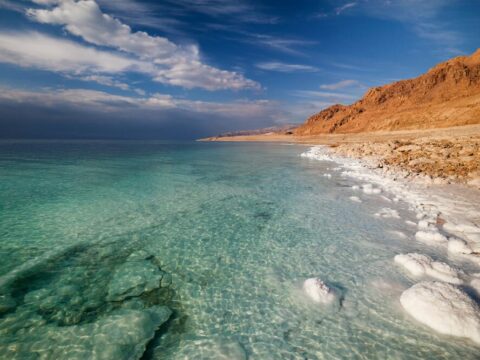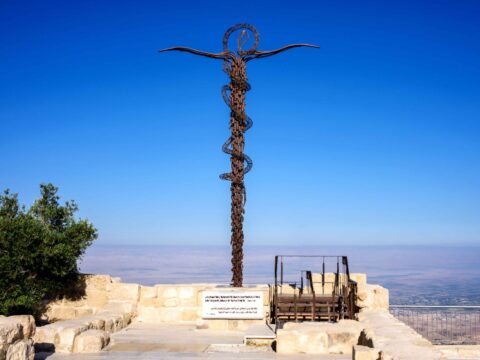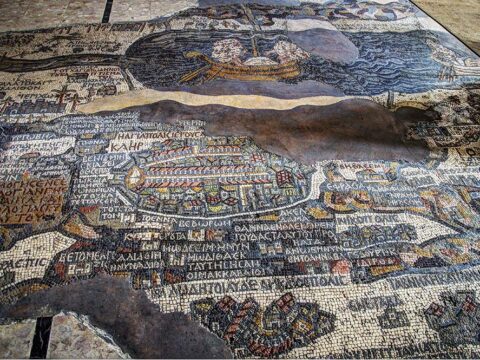- Have any questions?
- +962 6 5862288
- info@hashweh.com
Amman
(RABBATH AMMON -means: Greatness of Size). It was the capital of the Ammonites in ancient times (Deuteronomy 3:11). Other references are (Joshua 13:15, 15:60); (I1 Samuel 17:27); (Jeremiah 49:2); (Ezekiel 21:20, 25:5); (Amos 1:14). It is sometimes mentioned in the Old Testament simply as Rabbah. The giant King Og of Bashan (Deuteronomy 3:11) was described as resting here in a massive iron coffin. Uriah the Hittite, husband of Bathsheba, was murdered in the assault of the city (I1 Samuel 11:14-25). The city was conquered by Joab during David’s reign (I1 Samuel 11, 12:26-31); (I Chronicles 20:l) and described as divided into two parts -“city of waters1′- the lower section by the stream and “royal city1′- citadel or acropolis or upper section.
The Greco-Roman name was Philadelphia when Ptolemy II Philadelphus from Egypt rebuilt and renamed it (285 -246 BC). The Seleucid King from Syria Antiochus Ill sieged and finally captured the city in 218 BC. It became one of the original cities of the Decapolis. Decapolis (Greek for Ten City States) was a federation of cities stretching from Damascus to Amman and mentioned in the New Testament (Matthew 4:24; Mark 5:20, 7:31) and probably visited by Jesus Christ. During the Byzantine times it held a Bishop see (diocese or jurisdiction of a bishop). It continued as a prosperous Umayyad city following the removal of the Byzantines. During the Mamluke times it became the capital of the Balqa region, which brought prosperity to the city. After the invasion of the Ottoman Turks, it was abandoned until re-inhabited by Circassians in 1878. Today it is a large city (1.6 million) and the capital of the Hashemite Kingdom of Jordan. There are several nice ruins including the citadel hill covered in numerous ancient antiquities and the 6,000 seat Roman theatre below, both containing museums.







